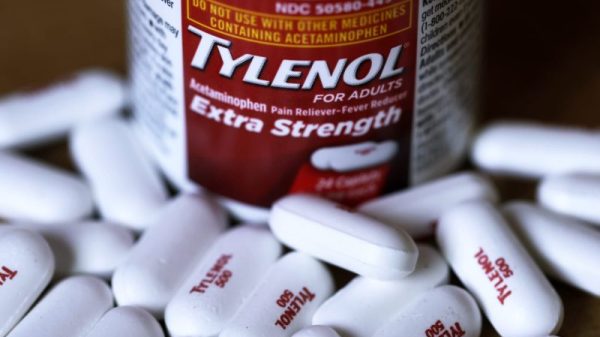
By Michael S. Derby
NEW YORK (Reuters) – New data from the New York Federal Reserve suggests the U.S. central bank isn’t facing any roadblocks to continuing forward with its ongoing effort to shrink the size of its balance sheet.
The regional Fed bank reported on Thursday that its Reserve Demand Elasticity Measure 50th percentile reading stood at -0.15 on Nov. 13, holding steady relative to where it was a month ago. The New York Fed said as part of its report that “reserves remain abundant.”
The New York Fed index tracks market liquidity conditions. Launched publicly a month ago, it is designed to show how flush or tight bank reserves are. Numbers veering into negative territory can suggest mounting bank reserve tightness, which speaks directly to what the Fed is doing with its ongoing effort to reduce its bond holdings via a process known as quantitative tightening, or QT.
For just over two years the Fed has been shedding its holdings of bonds to normalize the size of its balance sheet. That’s taken its overall balance sheet from about $9 trillion in the summer of 2022 to the current level of about $7 trillion.
The Fed is aiming to take out as much liquidity as it can to allow the federal funds rate, its chief tool for achieving its monetary policy goals, to trade at the desired level and to allow for normal money market volatility. The challenge for the central bank and for private economists is that it is not clear how far it can go with liquidity removal before it runs into turbulence.
The New York Fed measure suggests the process faces no imminent need to stop, which jibes with recent comments from central bank officials and market expectations, which currently eye an end to QT at some point next year.
The New York Fed measure tends to front-run periods of tight reserves by a good margin, which suggests that increasingly negative readings could be a clear sign the Fed needs to shift gears on QT.
The index began to lose ground in October 2017 when the Fed last shrank its holdings and bottomed in October 2019, just after the central bank faced an unexpected liquidity shortfall that forced it to aggressively add liquidity to money markets to regain firm control of the federal funds rate.

































